Drawing
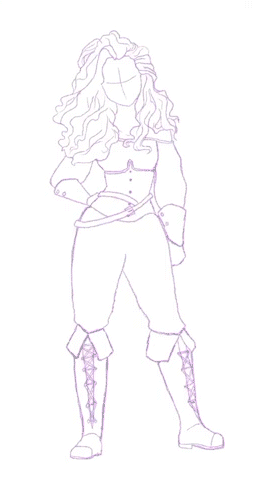

Drawing is the art or technique of producing images on a surface by means of marks typically produced by ink, graphite, chalk, charcoal, or crayon.
Drawing is an art form almost as old as humankind. Throughout history, drawing evolved from a tool for communication and story telling, to its own established art form.
The earliest drawings discovered by archaeologists are estimated to date back more than 70,000 years. These drawings are extremely primitive, resembling simple geometric forms rather than an actual depiction of what the drawing represented.
According to archaeologists, these drawing were made with the goal of telling a story rather than as a form of artistic expression. These ancient drawing predate writing, so drawing was used to portray scenes of life and stories.
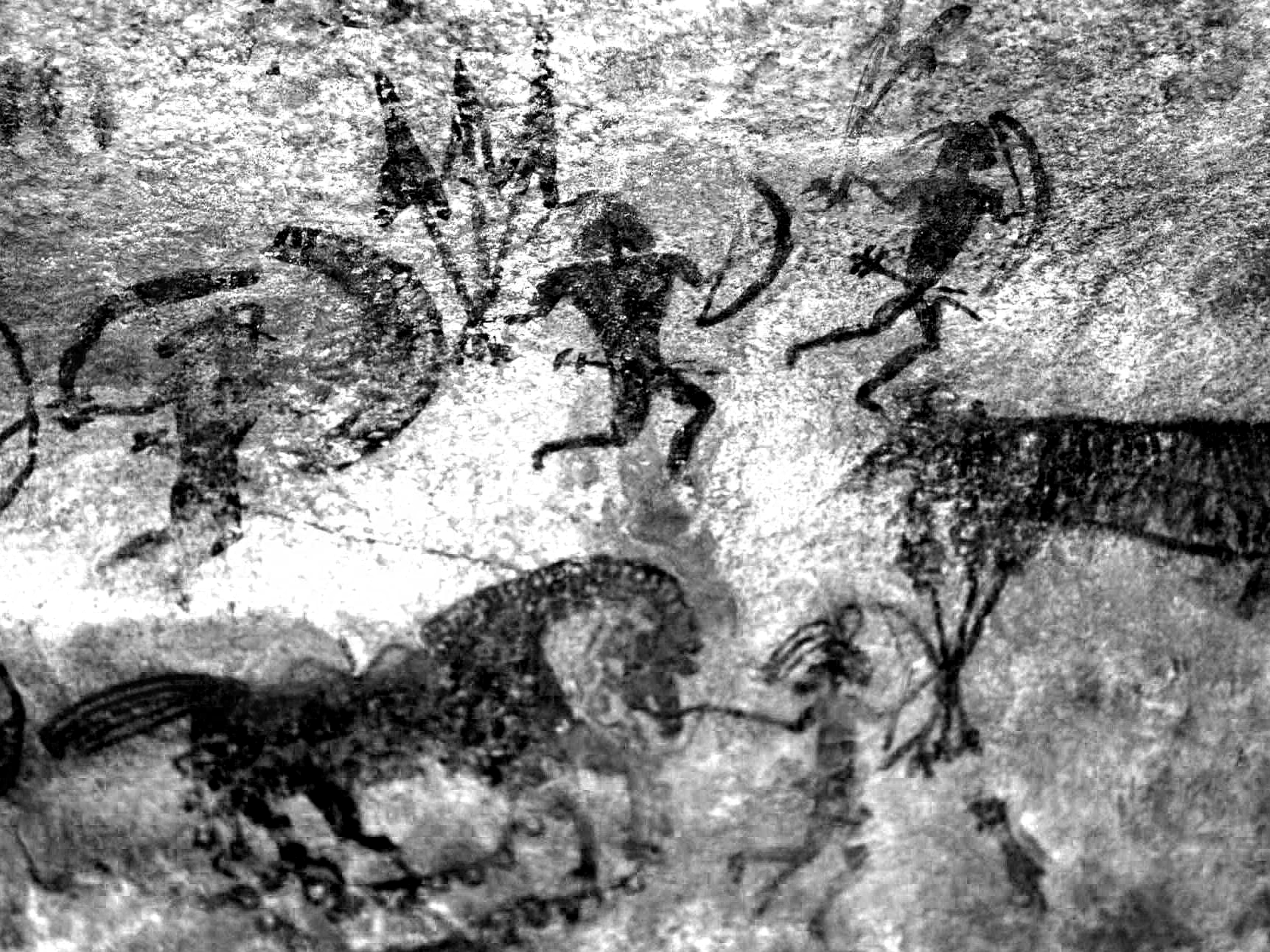
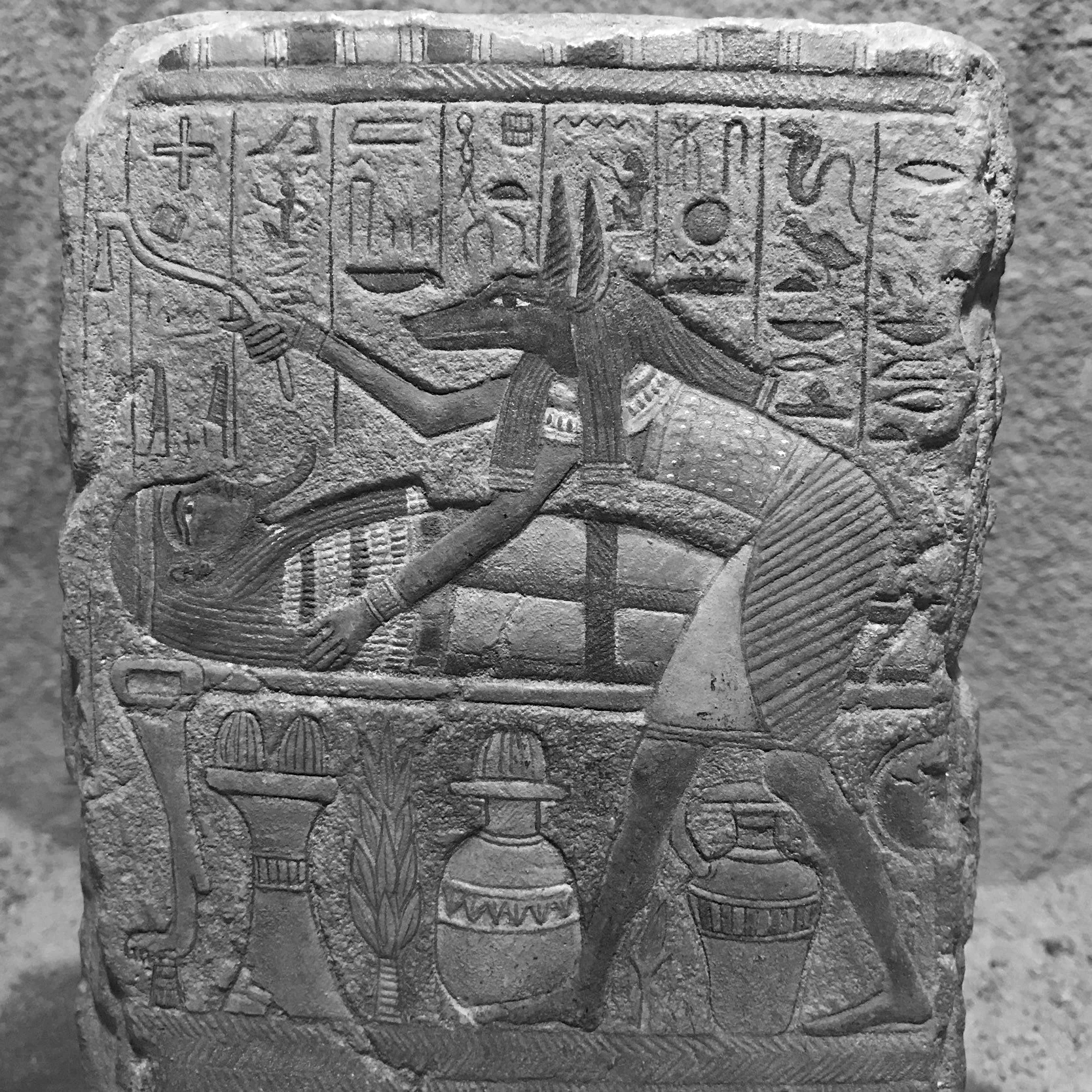
At the beginning of the antiquity, drawing was still used for primarily functional purposes. Drawing was used to create pictorial symbols for communication such as Mesopotamian cuneiform writing and Egyptian hieroglyphs.
Drawing scenes of life and great mythological passage started to evolve beyond a story telling technique. While some of these drawings were still for communication, some were being adapted for decoration on everyday objects. As tools became more precise, these drawings found their way on to pottery, walls, and many other objects. Numerous schools teaching sculpture and drawing were created leading to rapid improvement of technique over this time period.
From the beginning to the middle of the Middle Ages, drawing becomes more realistic. Shadows made using cross hashing and the birth of perspective come from this time. Details become more precise, and while proportions of bodies still appear very uncertain, there is a far wider variety of poses and more detail in clothing.
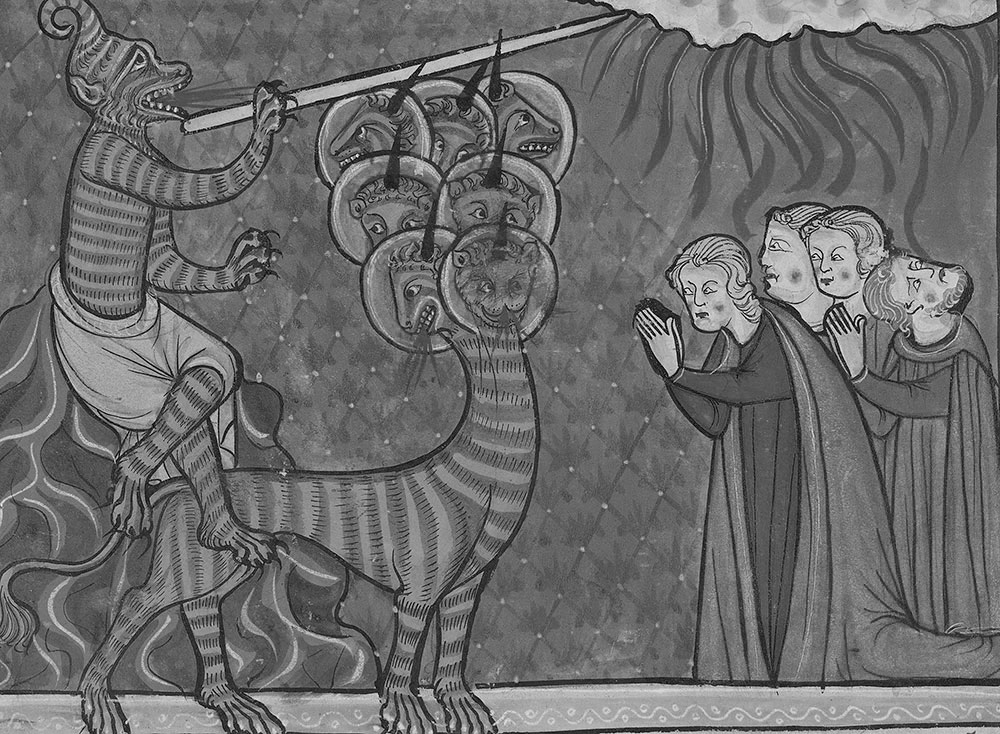
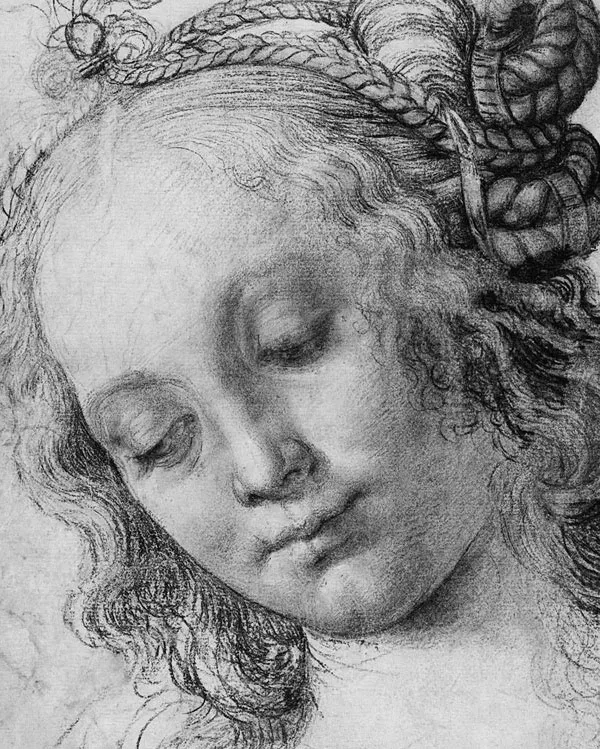
At the end of the Middle Ages, the teaching of art was standardized outside of the church. This along with new tools such as graphite, charcoal, and the black stone pencil, led to an evolution of drawing and painting. Numerous art schools and workshops were created, and taking drawing classes became the privilege of the nobility.
Some artists began to move away from traditional religious iconography and made humanity the center of their works. Shadows, depth, perspective, and attempted perfect proportions were at the center of this period.
During the Renaissance, art became more accessible to those outside of religion, but it was not until the 17th century that the appearance of graphite led to drawing growing in popularity throughout different socioeconomic groups. The subject of art moved away from the religious and elite to everyday life and humanity being represented in a far less romantic light. This also leads to the development of new art styles, such as impressionism, that break traditional molds.
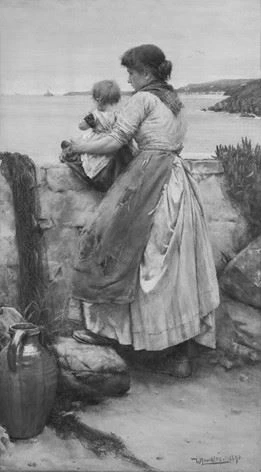
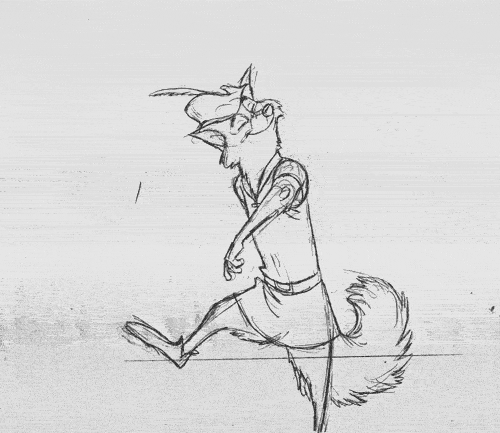
Animation is the art of manipulation multiple images so that when they are played in quick succession the figures and or objects in the image appear to move. While most modern day animation is done digitally, animation got its start in hand drawings. The first feature length animated movie produced in the United States, was Snow White and the Seven Dwarfs. Released by Walt Disney in 1937, Snow White used cel animation.
Cel animation is a technique where figures and scenes are draw onto clear sheets of plastic in ink and paint. This allows the artist to see the previous frame and create a smooth animation. This technique was invented and popularized by Disney and was exclusively used in their animated films through the 80s.
Digital Art is any form of art that is created with or assisted by a form of digital technology. This covers a multitude of art forms ranging from 3D modeling, drawing, and much more. Digital art has seen a rise in popularity with social media both in a professional and casual way. As better technology is made easily available, more people are able to create amazing digital art. Additionally with so much of the world and marketing being online, graphic design is more necessary than ever to keep up with new markets and trends.
This slider shows some of the most common physical tools artists use for digital drawing. There are other tools used for digital art these are just a few of the most common examples for digital drawing.
Drawing | Principles, Techniques, & History | Britannica
The history of drawing (iskn.co)
https://vault2211.wordpress.com/2015/02/24/the-hand-drawn-heritage-of-disney/
https://www.adobe.com/creativecloud/animation/discover/cel-animation.html
https://www.britannica.com/topic/Snow-White-and-the-Seven-Dwarfs-film-1937
Pen Display (huion.com)
Buy 10.9-inch iPad Air Wi-Fi 64GB - Purple - Apple